Exhibits
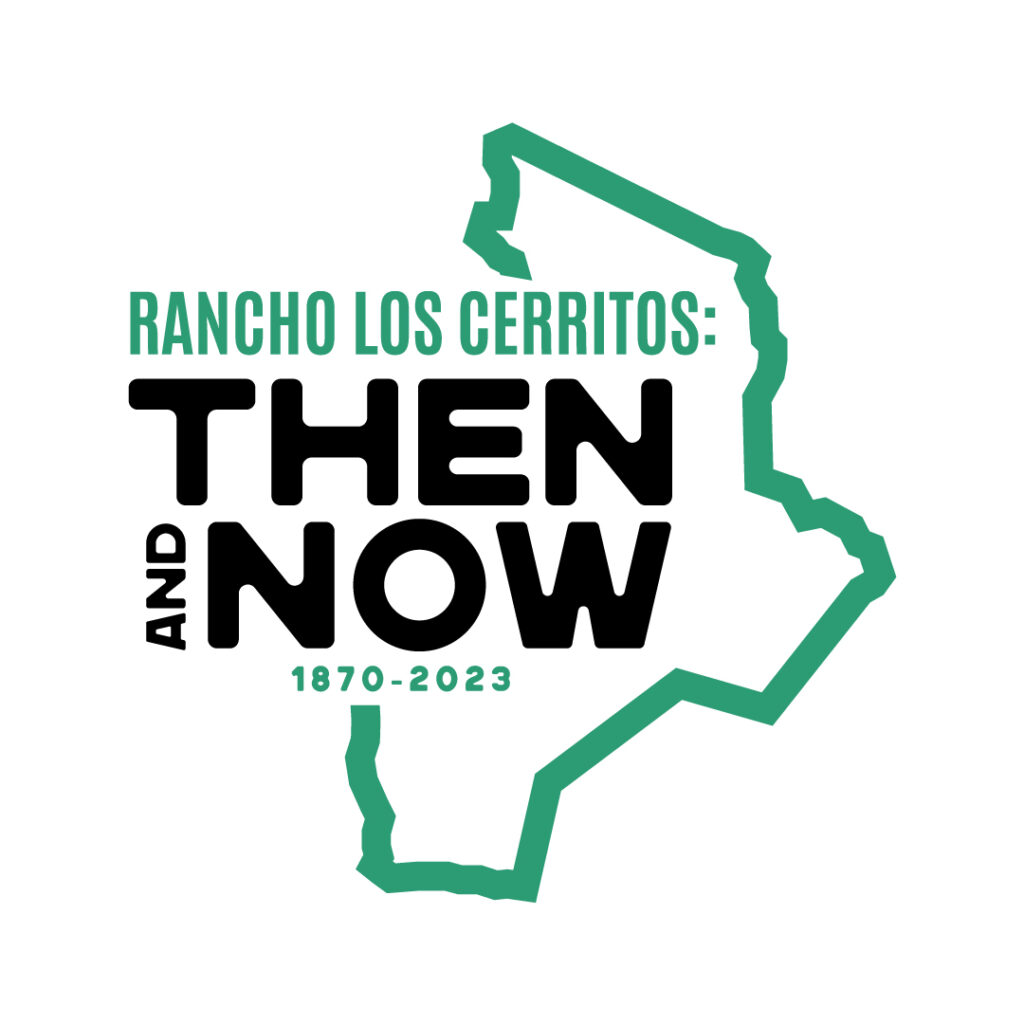
Rancho Los Cerritos: THEN & NOW
THEN & NOW Exhibition runs June 25, 2023 – May 27, 2024
Discover the growth and evolution of Rancho Los Cerritos through historic and contemporary photographs in our recently installed exhibition, Rancho Los Cerritos: Then & Now. See how the Rancho has changed from its early days as a cattle ranch to its current status as a National Historic Landmark. Historic photos from the Rancho’s archive and contemporary photos/artworks created for this exhibition explore the relationships among people, nature, and the land, taking visitors on an illuminating journey through the Rancho’s fascinating history.
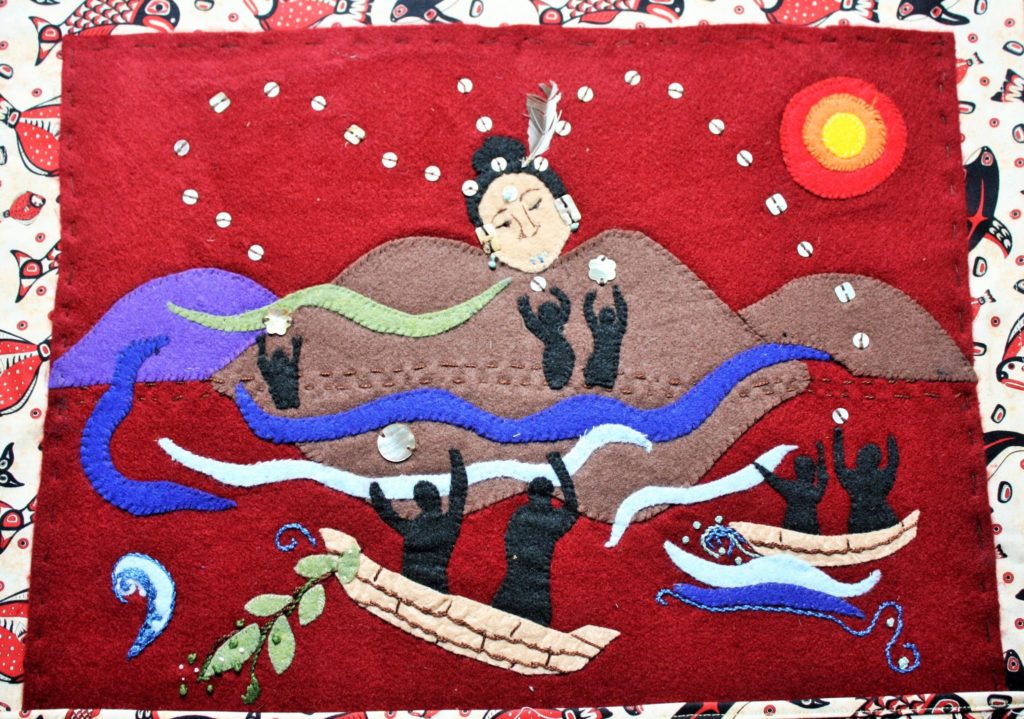
Tevaaxa’nga (Te-vaah-ha-nga) to Today: Stories of the Tongva People
Displayed September 2018 – March 2020
Tevaaxa’nga (Te-vaah-ha-nga) to Today: Stories of the Tongva People is an exhibit celebrating the history and culture of the Tongva (Gabrielino), who were the first people to live on the land that would ultimately become Rancho Los Cerritos. Today the Tongva play an active role in the Southern California community, with over 2,500 Tongva people living in the region.
The exhibit features artifacts, images, and stories from the local Tongva (Gabrielino) community. The physical items are generous loans of personal and family objects. In addition to discussing the native history and culture of this region, the exhibit highlights the experiences of the Tongva who currently live in Long Beach and the surrounding region.
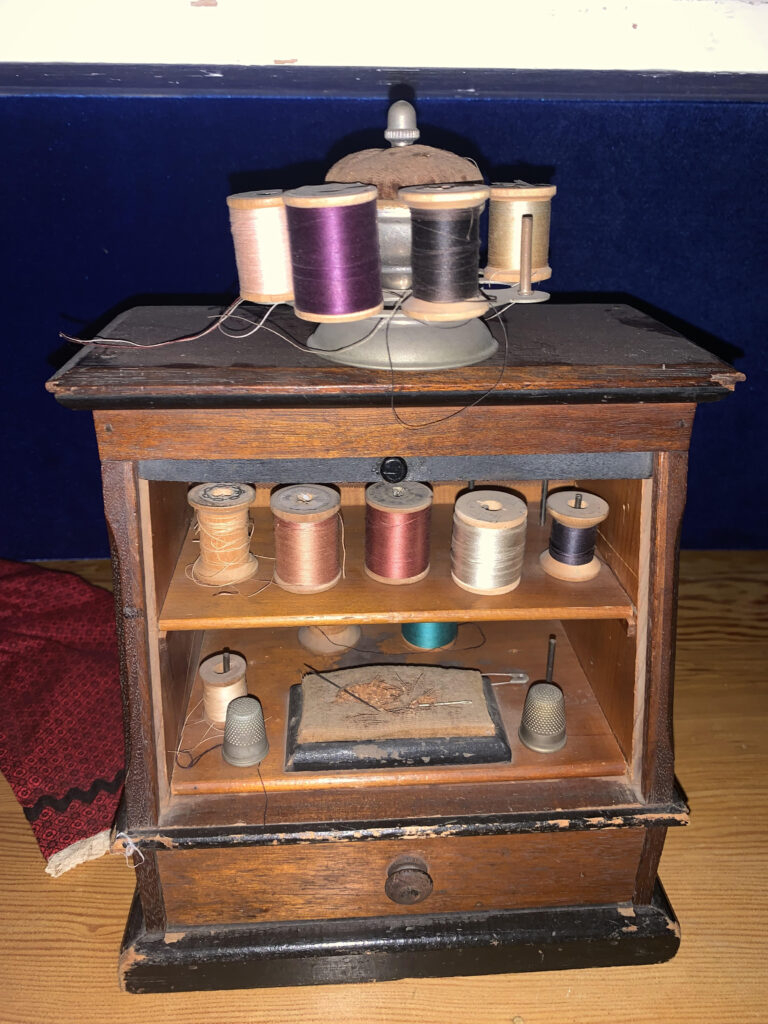
Creating Homes: Women’s Domestic Labor of the 19th and 20th Century
Library Exhibit, Displayed August 2021
The domestic labor expected of women typically transcends the boundaries of time, class, race, and nationality. The image of the perfect American housewife depicted in popular media tends to make raising children, cooking, cleaning, and needlework seem like easy tasks. However, women’s labor within their homes is real labor even if it is often unpaid. This exhibit focuses on objects that highlight various aspects of American women’s domestic work and domestic ideology in the 19th and 20th centuries. Additionally, this exhibit explores the experiences of marginalized women who were often excluded from the domestic ideals of mainstream America.
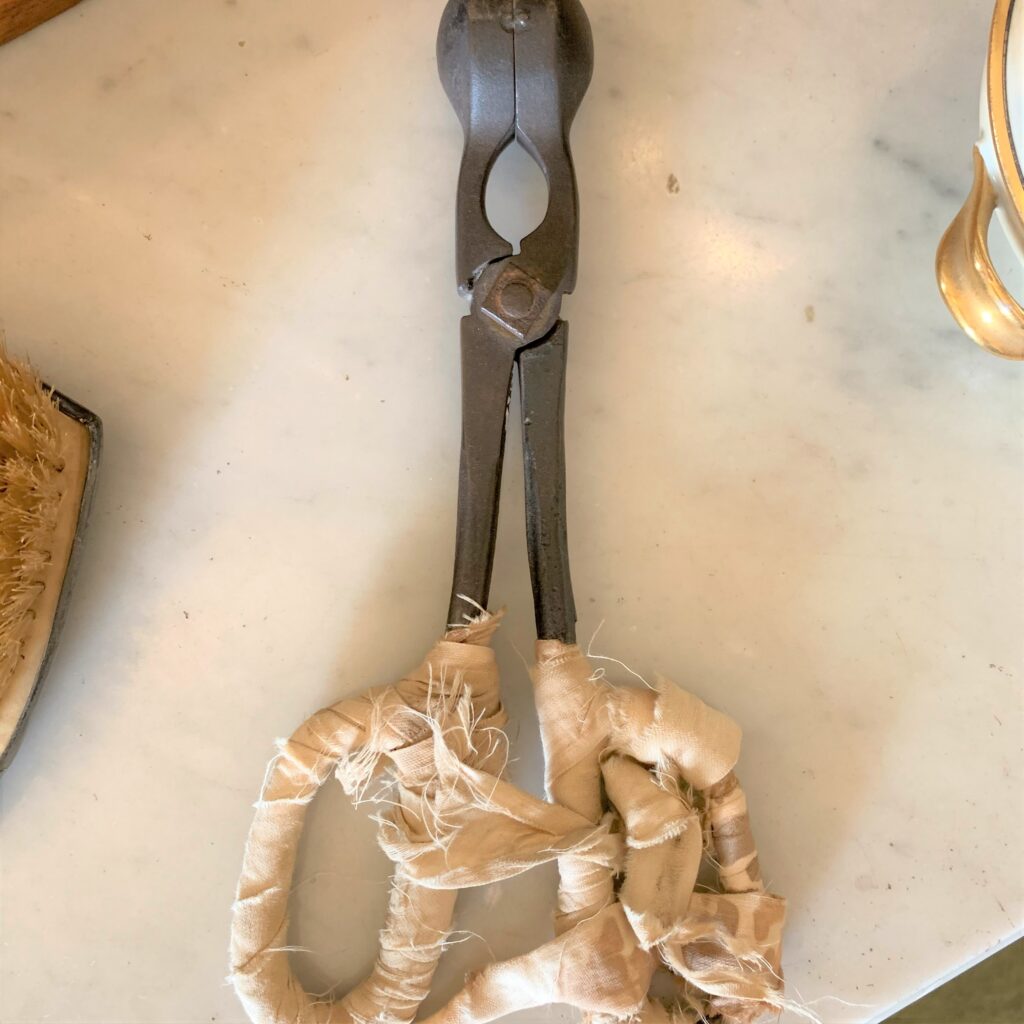
Looking Back at Beauty and Cosmetics of the Past: 1870–1930
Virtual Exhibit Published September 2020
Makeup products and cosmetic tools have come a long way from the 19th and early 20th centuries, evolving alongside beauty standards and new technologies. While most have changed, many beauty tools of today are still linked to their earlier counterparts. This exhibit explores cosmetic tools and containers from 19th and early 20th century America, as well as beauty advertisements from the time, and how these products reflect the social standards of the time period.
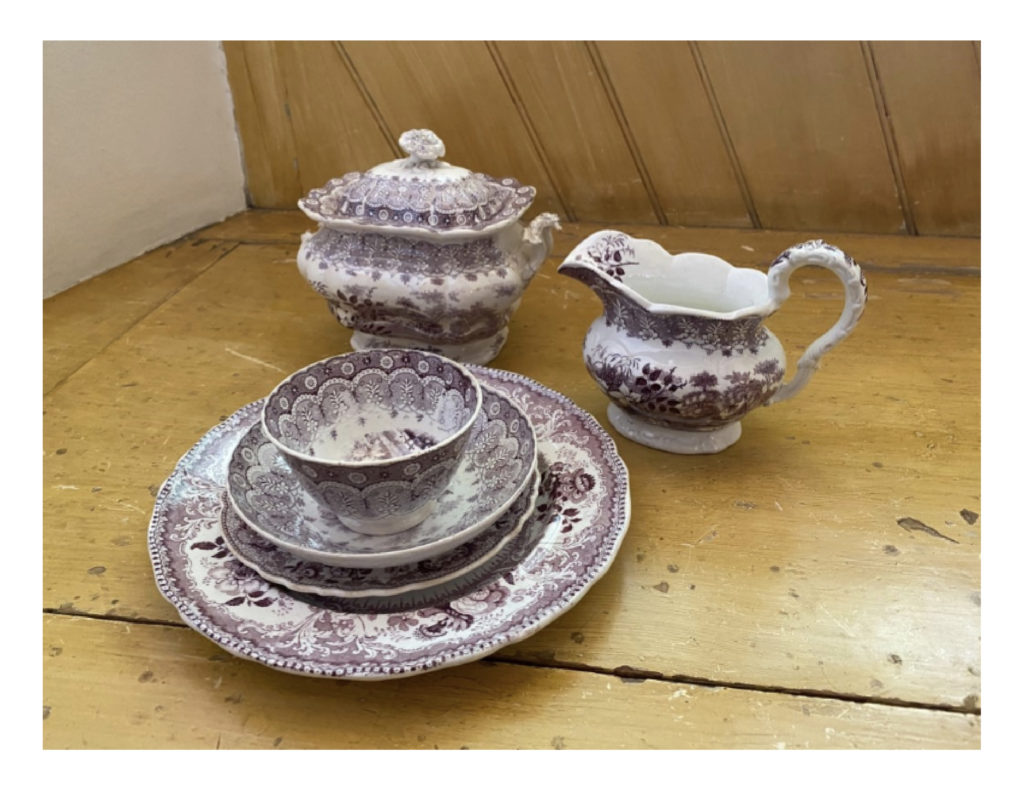
Tea Through Time at Rancho Los Cerritos
Virtual Exhibit, Published May 2020
This exhibit tells the story of how the Rancho’s diverse inhabitants and workers consumed this beverage and partook in its rich traditions. To this day, tea remains a beverage infused in ceremony, enjoyed by many. Featured in this exhibit are herbs from our living collection that were utilized in the making of tea, as well as objects and artifacts that represent the evolution of the drinking and transportation of tea.

Building a New California: The Lives and Labor of Chinese Immigrants from 1850 to 1930
Displayed September 2017 – September 2018
Building a New California: The Lives and Labor of Chinese Immigrants from 1850 to 1930 pays tribute to the Chinese immigrants that helped build California from the mid-19th through the early 20th century, through their significant contributions to the state’s economy and culture. The Chinese worked hard to establish themselves and their communities, despite the myriad challenges they faced in their new land. Although the Chinese community of San Francisco is better known, the Chinese played major roles in the development of Los Angeles and were integral to the growth of Rancho Los Cerritos. This exhibit highlights the experiences and contributions of Chinese immigrants in the Los Angeles region between 1850 and 1930.
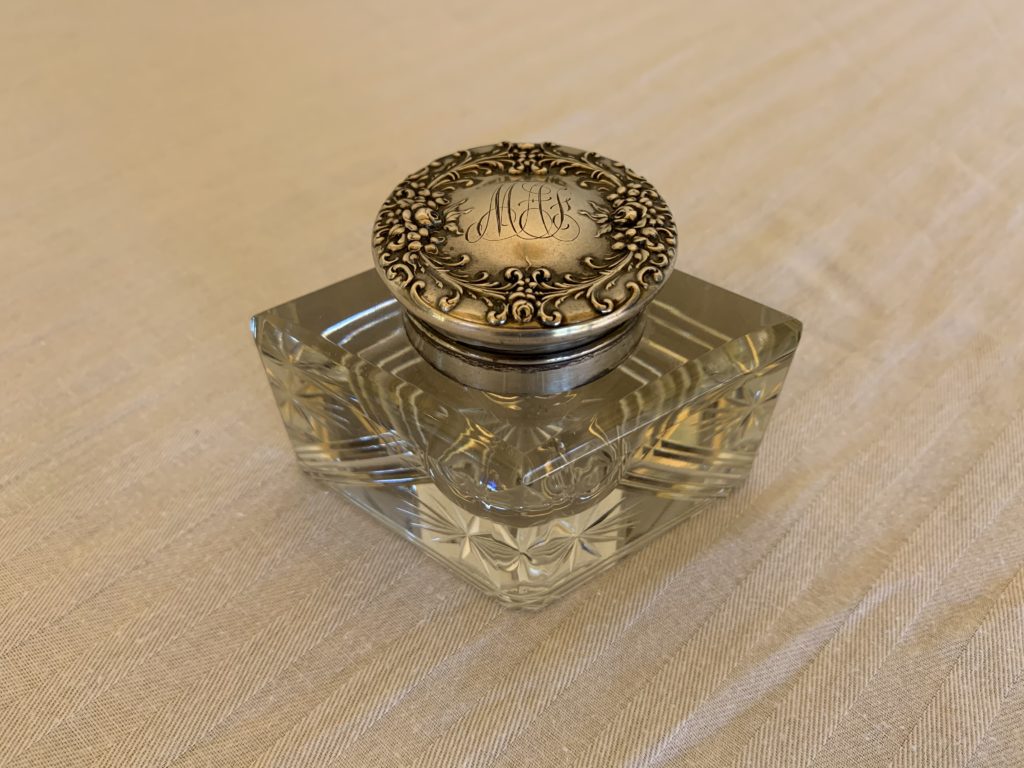
Reading and Writing Essentials of the 19th and Early 20th Century
Displayed August 2018
During the 19th and early 20th centuries, a variety of objects were used to complement the activities of reading and writing. In this exhibit, explore these richly ornamented and beautifully made essentials and view the creative craftsmanship and unique designs that went into the creation of these objects. This exhibit features paper knives, letter openers, ivory pocket notebooks, a portable lapdesk, dip pens, and inkwells with materials ranging from wood and brass to mother-of-pearl.
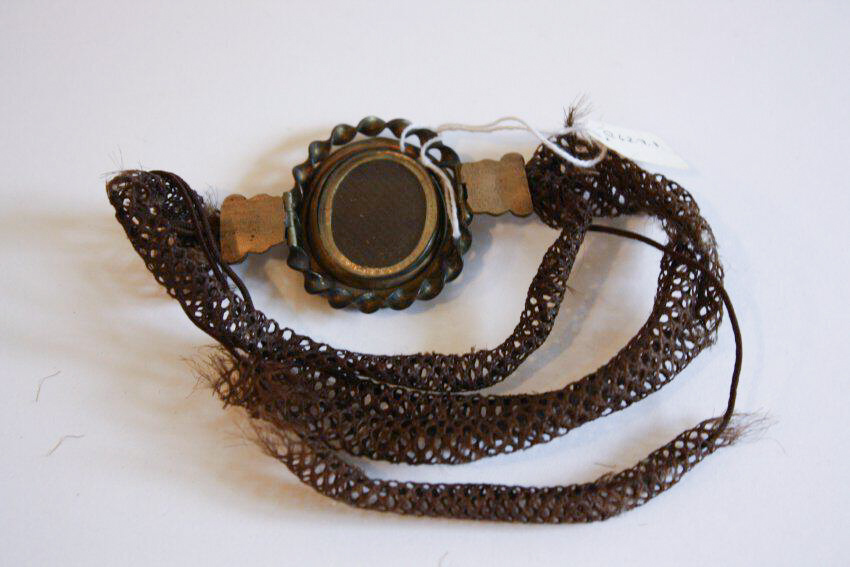
Keeping Up With the Hair Trends of the Victorian Period
Displayed May 2018
During the Victorian Era it was a very popular trend to make and wear jewelry out of a loved one’s hair. In Europe and the U.S., a lot of women made elaborate wreaths, necklaces, bracelets and all sorts of pieces out of hair and wire, often with floral designs. Wreaths made from the hair of one deceased family member or friend were usually objects of mourning, while wreaths made from the hair of multiple people—dead and alive—were more like sentimental family trees.
As the trends evolved so did the jewelry. Not only were woven hair accessories made to commemorate a deceased loved one, but they were also made to show our connections to the living, similar to friendship bracelets. Hair was woven tightly together to form a pattern or design using braids or wire. These resulted in simple braided bracelets or rings and expertly crafted necklaces, brooches and wreaths. In this exhibit, view examples of these pieces of hair jewelry and learn more about this Victorian trend.

Medicine and Health from the Mid-19th to early 20th century
Displayed November 2017
This exhibit features the Rancho’s collection of medical tools and remedies from the mid-19th to the early 20th century. During this period, medicinal practices began to improve dramatically from the traditional medical practices of the 19th century, which relied on symptomatic treatment consisting primarily of bloodletting, blistering, and high doses of mineral poisons. While far from what we expect from modern medicine, the objects in this exhibit exemplify advancement in medical practices. This exhibit demonstrates stronger regulation of medicines, which were less likely to be the poisonous tonics or useless nostrums of bygone quacks.
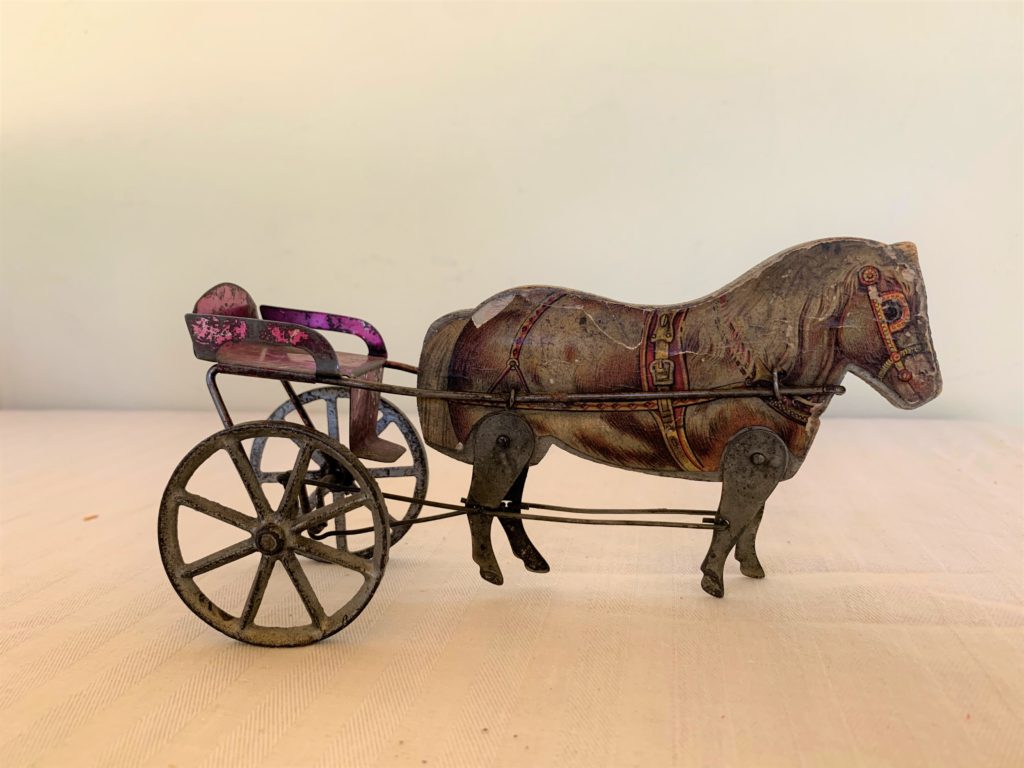
Toy Exhibit
Displayed May 2017
Entertainment and leisure activities have always been a part of life and Rancho Los Cerritos, as reflected by the diverse range of toys and games in the RLC collection. During the Victorian age a wider selection of toys and games became available to the general public because of improved transportation systems including the railroad. This period also saw improvements in manufacturing, as the Industrial Revolution was in full swing, resulting in more mechanized toys. Toys could now be mass-produced in factories, a shift away from the hand-made toys and games of the early nineteenth century.
Parlor games played indoors were popular pastimes for adults of the Victorian age. Such activities trickled down to children who enjoyed indoor games such as cards, dominos, and puzzles. Games played outdoors were also in fashion; for children they might have included croquet, horseshoes, or marbles. Many of the toys and games of the RLC collection also reflect an interest in education and learning, which was a trend in the toys and games of the Victorian period.
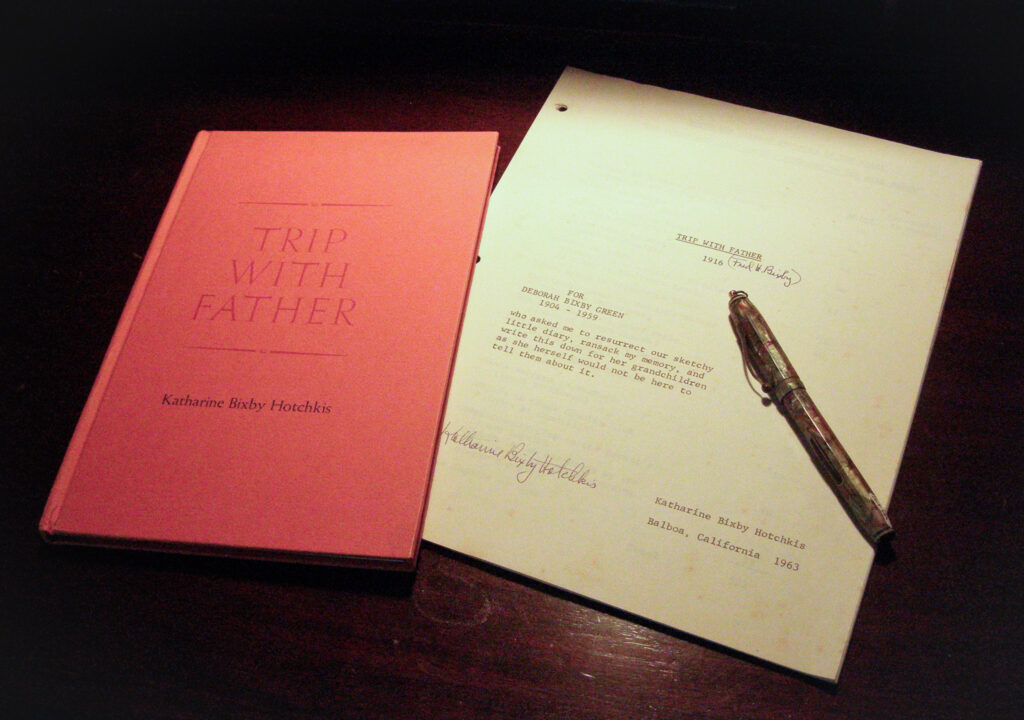
Literary Lives of the Bixbys: An Exhibition Honoring the Writers of the Ranchos
Displayed March – September 2017
The Bixby family has prioritized literacy and education for generations, which is evident in their personal reminiscences, their extensive book collections, and the philanthropic causes they supported. More than a few family members also took up the craft of writing themselves—and documented their experiences in diaries, poems, plays, memoirs, biographies, essays, and sociopolitical pieces. This exhibit celebrates the literary lives of the Bixby family.
